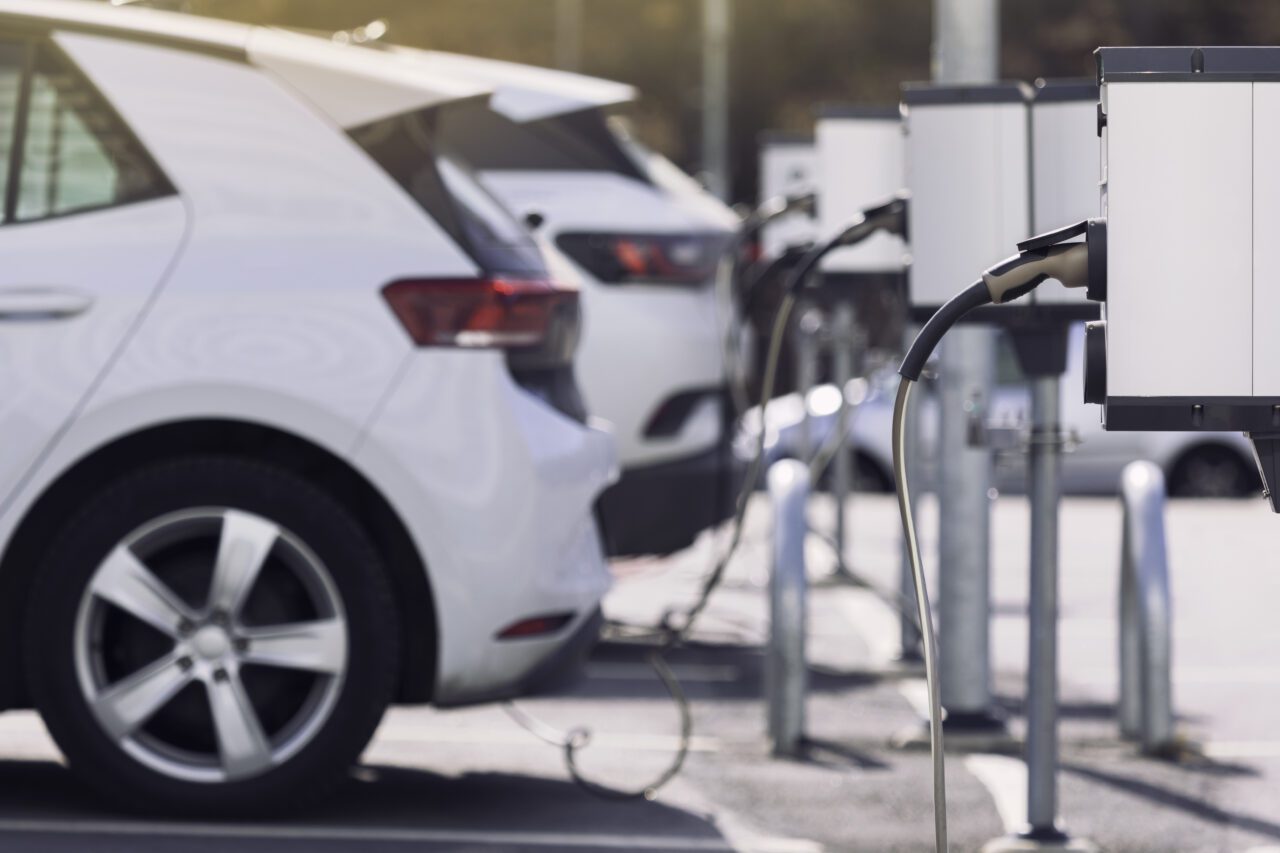Finnish Climate Change Panel memorandum and report: Achieving climate targets requires rapid corrective action in the LULUCF sector



While the transformation of forests from sinks to emission sources undoubtedly makes it more difficult to achieve the target of carbon neutrality enshrined in Finland’s Climate […]
The report examines how much a fair share would be for Finland to shoulder when it comes to climate actions, and the consequent emissions reduction pathway. […]


This study examines the potential, costs and realistic scale of technological carbon sinks in Finland over the medium term more closely than in the previous publicly […]
Climate policy justice aspects have become central to the societal debate regarding climate policy. Securing climate policy justice has also been identified as an objective in […]
The climate impact of household consumption is significant. In Finland, it accounts for about 66% of consumption-based greenhouse gas emissions. Recently the need for addressing consumption […]
This report provides a continuation of the analysis that the Finnish Climate Change Panel conducted on the long-term emissions reduction target for Finland. This analysis was […]